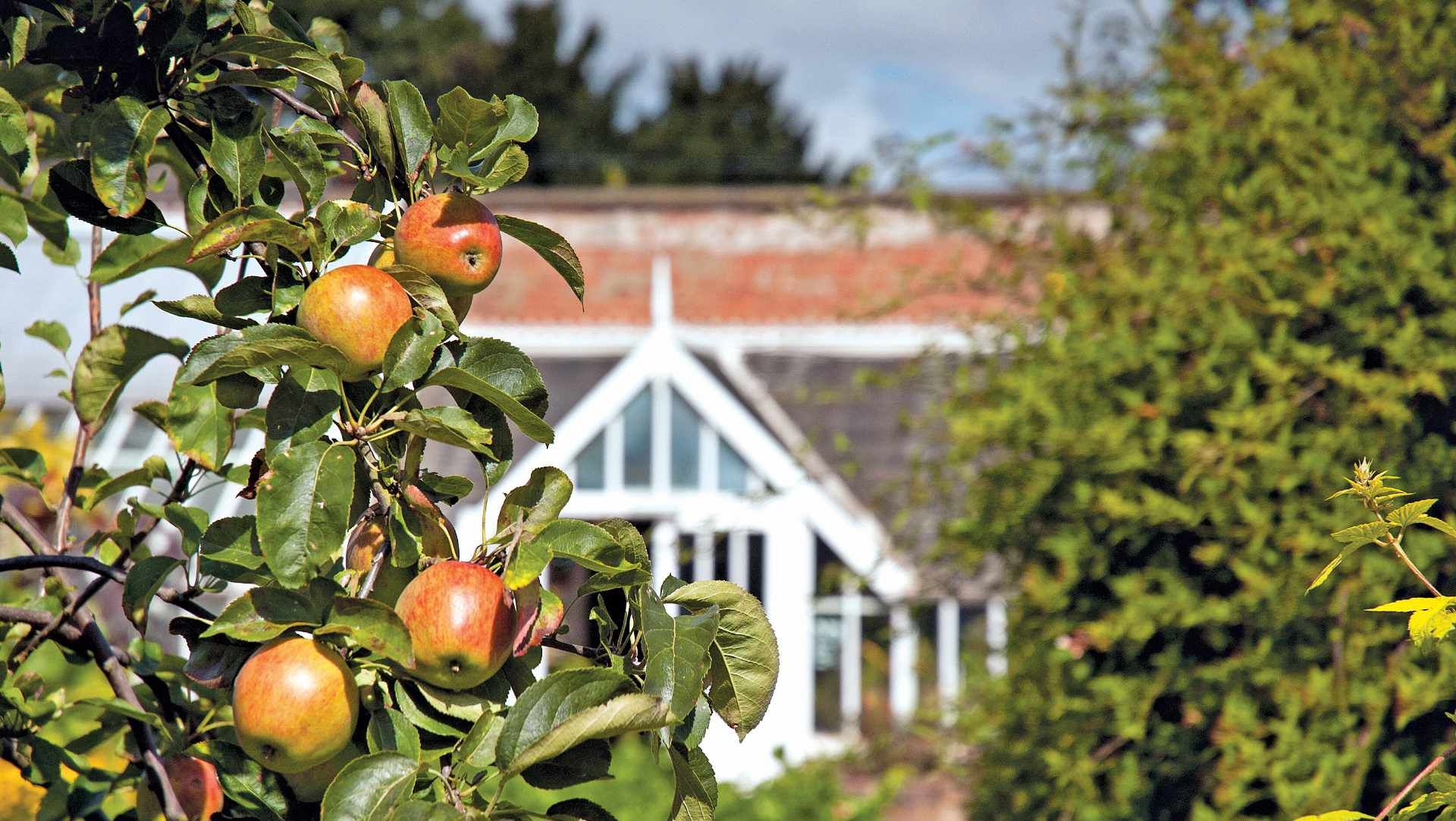The Hall
Normanby Hall is a Regency mansion featuring displays telling the history of the house and the Sheffield family.
The Hall
Normanby Hall is a Regency mansion featuring displays telling the history of the house and the Sheffield family.
Normanby Hall
Built in 1825, Normanby Hall is a Regency mansion designed by Sir Robert Smirke. It was previously home to the Sheffield family, former Dukes of Buckingham and Normanby.
The ground floor of Normanby Hall has been refurbished and re-displayed to better reflect the use of the rooms during the late Regency period, when the Hall was first built. Use the touchscreens in the rooms to discover more about Regency life, as well as more about the objects in the rooms.
Normanby and the Sheffields
The Normanby and the Sheffield's display in the Entrance Hall sets the scene for a visit through the Hall, outlining the history of Normanby Hall and its estate. Visitors can discover the history of the Sheffield family, owners of the house and estate for over 400 years.
Life Below Stairs
When you move to the first floor you can find out about the changes to the Hall that took place at the beginning of the 20th century. On the first floor, the Life Below Stairs gallery illustrates life for the staff at Normanby Hall during the first half of the 20th century.
Objects relating to the Normanby Hall servants are displayed alongside their first-hand audio accounts on the touchscreen. There are also lots of photographs of the staff and the Servants Wing, which was demolished in 1949. This display complements the Servants Trail, which visitors can follow through the park.
Normanby at War
This gallery on the first floor explores the period between 1914 and early 1919, when the Sheffield family volunteered Normanby Hall as an auxiliary hospital.
Here, soldiers convalesced after being treated for injuries received on the front line during the First World War. Photographs and autographs of the soldiers are displayed along with two original hospital beds, medical equipment and personal artefacts.
Visitors can also explore Normanby Hall’s role in the Second World War, when amphibious tanks were secretly tested on the River Trent at Burton-upon-Stather.
Virtual Tour

Augmented Reality at Normanby Hall
Until 11 May, we are trialling AR in the Hall. Scan the QR code to download the app before you visit, then interact with it around the Hall to discover information about the displays.



